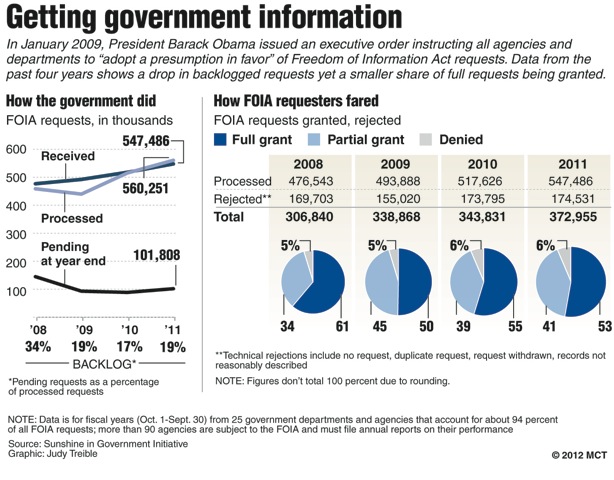College Contest Opens April 1
The Connecticut SPJ college journalism contest will open for entries on April 1. The deadline to enter will be May 1.
You can access the website to enter by clicking this link.
The college contest is open for stories and photos published in college media in Connecticut between April 22, 2011 and April 1, 2012.
This year, the contest will accept all media types — television, radio, online and print. A full list of categories is posted below.
Entries are limited to three per person per category. Each story, editorial, photo, etc. is a separate entry.
Entry Fees:
- $5 for active SPJ members
- $10 for non-members and colleges or universities paying for entries
NOTE: You must choose “College Contest” as the main category for entry in the contest system, or your entries will be disqualified.
If you have questions or problems, contact contest coordinator Jodie Mozdzer at jmozdzer@ctspj.org.
CATEGORIES:
Audio > Feature
Audio > General Reporting
Audio > Commentary
Audio > General Column
Audio > Sports Feature Story
Audio > Sports News Story
Audio > Spot News
Video > General Reporting
Video > Commentary
Video > General Column
Video > Sports Feature Story
Video > Sports News Story
Video > Spot News
Video > Feature
Print/Online > General Reporting
Print/Online > Editorial/Op-ed
Print/Online > General Column
Print/Online > Page 1 Layout
Print/Online > Non-Page 1 Layout
Print/Online > News Photo
Print/Online > Feature Photo
Print/Online > Sports Photo
Print/Online > Sports Feature Story
Print/Online > Sports News Story
Print/Online > Spot News
Print/Online > Feature

